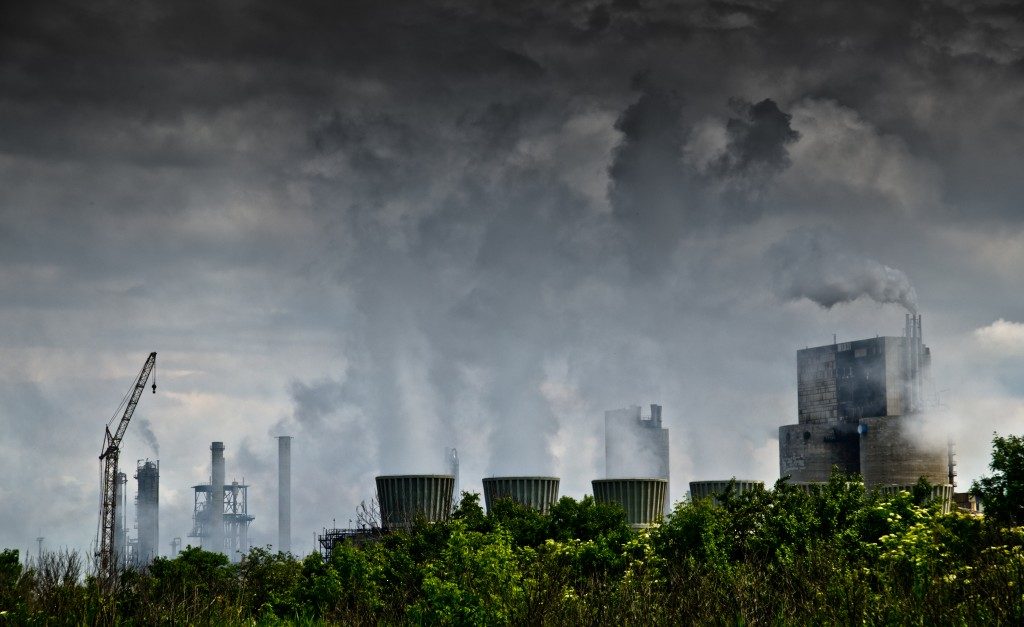The smog that covers cities such as London, Los Angeles and Beijing can be seen from space. Developed countries may be enjoying the benefits of prosperity, but they pay a considerable price. The concentration of emissions and contaminants in the air increase as industry and commerce prosper.
Millions of people breathe dirty air every day.
Effects on human health
Contaminants in the air an invisible to the naked eye. For those of us living in congested urban centres in Australia, we may not see smog hovering overhead, but we smell the smoke from factories and motor vehicles. We sometimes feel a hitch in our chest when the congestion is notably worse than usual.
You can see the short-term effects of air pollution in the rising numbers of persons in hospitals because of bronchitis, asthma and pneumonia. Others experience symptoms that are not respiratory in nature, such as headache and nausea.
In terms of long-term effects, persons exposed to relentless air pollution could suffer from chronic diseases such as heart disease, emphysema and lung cancer. Some diseases of the liver and kidney, as well as the nervous system, are associated with long-term air pollution.
Some congenital birth defects are associated with life-long exposure to contaminants in the air.
The problem of indoor pollution

While many people are quick to blame outdoor air pollution to their problems, we must be mindful of the effects of indoor pollution in our health as well. According to the World Health Organisation (WHO), about 4.2 million deaths annually are attributed to chronic exposure to indoor air pollution.
Contamination inside the household come not only from dust particles. Ash and smoke from the use of kerosene, coal and wood are some of the most notorious sources of indoor air contamination. Other indoor pollutants are carpets, paint, furniture, candles and certain plastics, among others.
Studies are suggesting that in specific settings, indoor air pollution can be 100 times worse than outdoor pollution. Modern construction produces airtight living quarters that are poorly ventilated by ambient air from the outdoors.
Pollutants that find their way in or arise from within the walls do not find their way out. They can accumulate and cause various health problems to arise, particularly among the vulnerable – young children and older persons.
Workplace contaminants
Air contamination is a known cause of sickness and work absences. People can get sick from exposure to construction materials, such as insulation materials containing asbestos. Because of this, there is a need for suppliers of respiratory protective equipment who have the capability to respond to the demands.
Fine dust is particularly troubling. According to the World Health Organisation, fine dust from activities such as welding is a direct cause of lung cancer worldwide.
Air pollution is a huge threat to the environment as well as to our health and well-being. We face unseen dangers every day from the air we breathe at home, at work and in our daily commute. We must be vigilant in ensuring we do not expose ourselves and our loved ones to the hidden dangers of indoor and outdoor air pollution.

